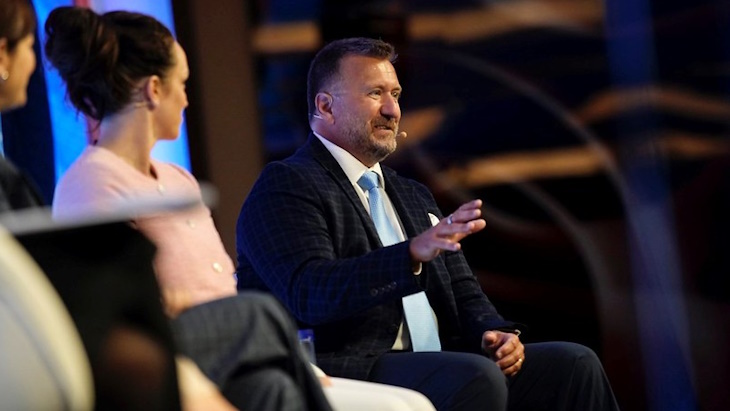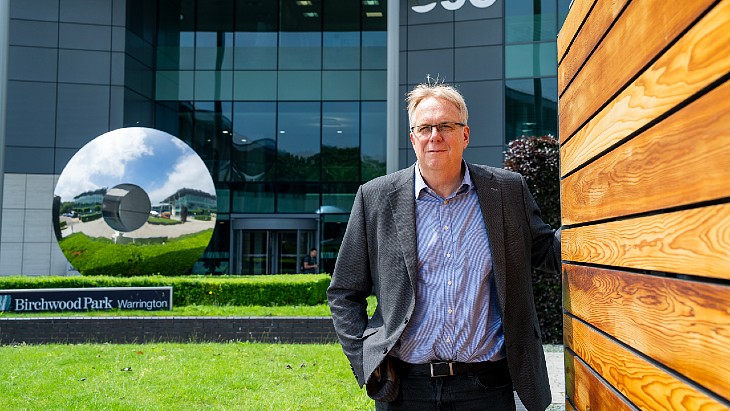Under a deal agreed in October 2015, China General Nuclear (CGN) took a 33.5% stake in EDF Energy's project to construct HPC in Somerset, England. Consisting of two Areva-designed European Pressurised Reactors, it will be the first new nuclear power station to be built in the UK in almost 20 years and will provide about 7% of the country's electricity.
The final agreements enabling construction of two EPRs at Hinkley Point C to proceed were signed in September 2016 by the government, EDF and CGN. These agreements included the CfD and the Secretary of State Investor Agreement. The CfD - the ratepayer-backed guaranteed price for electricity generated by Hinkley Point C - was originally agreed in October 2013 and guarantees the plant will get GBP92.50 per MWh for its first 35 years of operation.
EDF Energy said today that the project had successfully delivered J-0 - the completion of the nuclear island 'common raft' for its first unit - in June, in line with the schedule announced in September 2016. Following this milestone, a detailed review of the project's costs, schedule and organisation was performed, it said.
This review concluded that the previously communicated risk of delay to unit one and two - of 15 months and nine months, respectively - has increased.
"As previously communicated in July 2017, if this risk was to materialise, it would entail an additional cost of around GBP0.7 billion in 2015 sterling," EDF Energy said, adding that under this assumption the IRR for EDF would be lower by 0.3%. Its project rate of return for HPC is now estimated between 7.6% and 7.8%.
The project completion cost is now estimated between GBP21.5 billion and GBP22.5 billion, an increase of GBP1.9 billion to GBP2.9 billion. In July 2017, EDF Energy had announced the cost had risen to GBP19.6 billion, up from its earlier estimate of GBP18.1 billion.
"The range depends on the effectiveness of action plans to be delivered in partnership with contractors," it said. "Cost increases reflect challenging ground conditions which made earthworks more expensive than anticipated, revised action plan targets and extra costs needed to implement the completed functional design, which has been adapted for a first-of-a-kind application in the UK context."
The management of the project "remains mobilised", it said, to begin generating power from unit 1 at the end of 2025. To achieve this, operational action plans overseen by the project management are being put in place. These involve the EDF Group's engineering teams in Great Britain and France, buildings and ancillary works contractors, and suppliers of equipment and systems throughout the supply chain, it said.
The review has also confirmed that the next milestone of completing the common raft for unit 2 in June 2020, which was announced earlier this year.
A spokesman for the Department for Business, Energy and Industrial Strategy (BEIS) said today: "The government negotiated a competitive deal on Hinkley Point C which ensures consumers won’t pay a penny until the station generates electricity. Any increase in costs will be borne entirely by EDF and their investment partners and not by consumers or taxpayers."
A BEIS statement added: "It was right that the developer should carry the risk of cost and schedule overruns, as Hinkley is the first new nuclear power station in a generation [and] lessons learned from Hinkley have the potential to reduce costs and risks for future projects.
"New nuclear has an important role to play in providing reliable, low-carbon power as part of our future energy mix as we transition to a net-zero emissions economy by 2050. However, we are clear that any energy project must offer best value for money for consumers. The continued fall in costs of offshore wind is great news for consumers and will reduce the cost of decarbonising the power system. However, it’s not feasible to decarbonise with renewables alone - we also need sources of firm low-carbon capacity for a reliable, low-cost, decarbonised power system."
The CfD model applies to HPC only and not to future new nuclear projects, which include EDF Energy and CGN’s plan to build Sizewell C in Suffolk.
For these the government is holding a public consultation on its assessment of a regulated asset base (RAB) model, which ends on 14 October. The review is aimed at reducing the cost of new nuclear power plant projects by having consumers pay upfront through their energy bills. A solution is needed urgently because nuclear energy is seen as a vital part of the government's commitment to cutting the country's carbon emissions to net zero by 2050. Seven of the UK's eight existing nuclear plants are set to be retired by 2030.

.jpg)



_77790.png)
_59102.jpg)

_49833.jpg)

_96167_68292.jpg)

